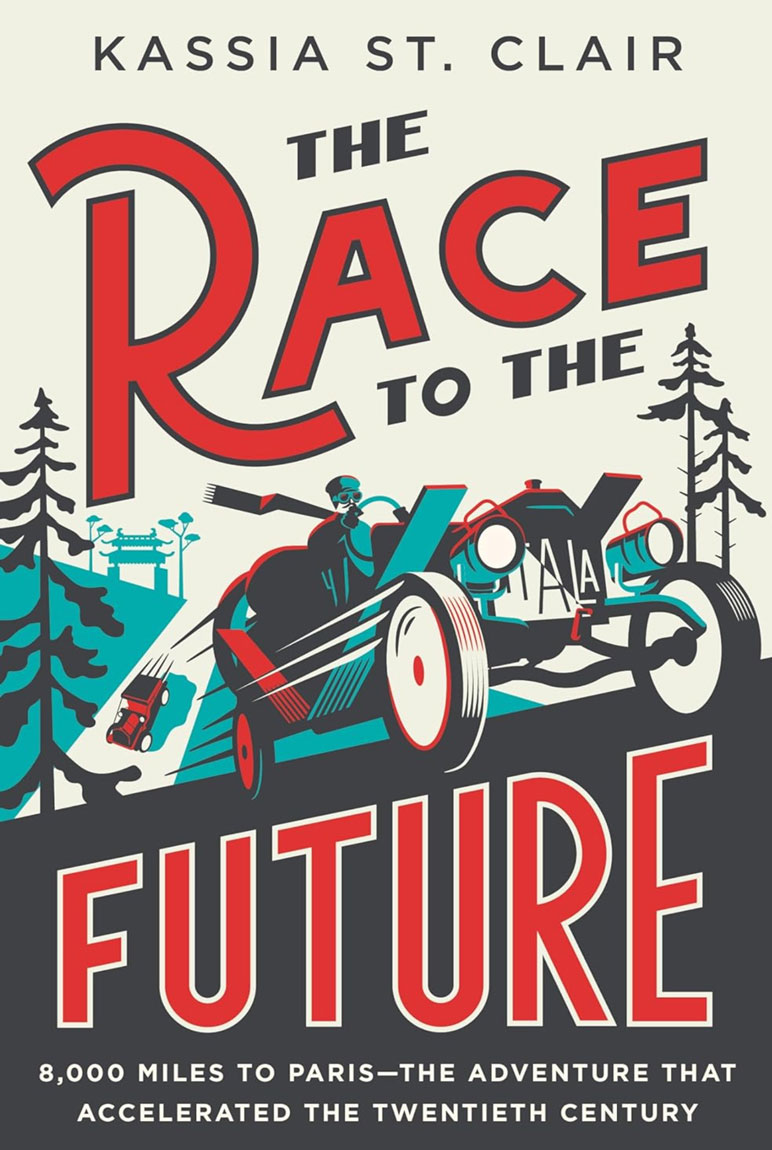Today’s Post by Joe Farace
“One glance at a book and you hear the voice of another person, perhaps someone dead for 1,000 years. To read is to voyage through time.” – Carl Sagan
I’m pretty sure the first book I ever read was The Story of Babar by Jean de Brunhoff that was originally published in France in 1933. The book’s first English translation was published in the USA during1933, I didn’t read until my second grade class from St Catherine of Siena school visited the Clifton Park branch of Baltimore’s Enoch Pratt Free Library. One look at all those books and I was hooked. I had the same feeling later in life when I saw Hearst’s San Simeon’s library that contains 4,000 books.
The latest book I’ve read was (see below) and is the 23’rd book I’ve read this year. Up next in my TBR list is Dangerous Rhythms: Jazz and the Underworld by T.J. English, a non-fiction book recommended to me by my friend Barry Staver. Right now, I’m kind of on a roll with non-fiction books but to tell the truth, I’m missing reading mystery novels, especially those written by Rex Stout. After finishing the Jazz book, I’ve got nothing on the TBR horizon; I’m hoping that changes soon.
Mini-Maxi Reviews
 I’ve been a comic book fan since I bought the first issue of Mad (for ten cents) from one of those twirly magazine racks in 1952. Yet, I have mixed feelings about American Comics by
I’ve been a comic book fan since I bought the first issue of Mad (for ten cents) from one of those twirly magazine racks in 1952. Yet, I have mixed feelings about American Comics by
 One the other hand, I thoroughly enjoyed
One the other hand, I thoroughly enjoyed
Just five cars took part in the race: The Italians were represented by an Itala driven by a Prince, the French had two state-of-the-art (for 1907) De Dion-Boutons. The Dutch were represented by Spyker—not related to the modern company—driven by a con man and wearing French flag colors, and finally a French three-wheeled Contal Motori that was little more than a motorcycle and not surprisingly, was the first vehicle to drop out of the race,
Keep in mind that in 1886 Gottlieb Benz produced what might be considered the first automobile but was literally a”horseless carriage.” And 21 years later. these intrepid adventurers set out on an 8,000-mile journey armed only with maps and maybe a compass for a trip where there were few roads, few hotels with only occasional depots stocked with fuel, yet one entry ran out of gas miles from a depot. Spares? The Itala didn’t even have a spare wheel or tire—which turned out not to be a smart move for the Italians, as they would discover—and, heck even by the 1960’s, when I started driving, tire technology was abysmal.
All but the Contal Motori finished the race, but not without some controversy about the Spyker entry that lingered for many years. The winner? NO Spoilers. The book is a testament to the kind of physical and mental strength off the participants—even the con man and fearless motorcyclists— that is the essence of motorsports. The author makes all of these people and their exploits come alive and seem like the race is happening right now and Is wonderfully written with style and aplomb. I loved this book and give it nine bookmarks out of ten, one bookmark off only because of the poor quality of the photographs.